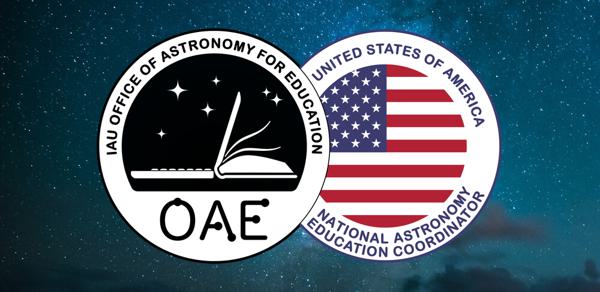Glossary term: Logam
Description: Kata logam dalam astronomi umumnya digunakan untuk merujuk pada unsur kimia apa pun kecuali hidrogen atau helium. Nukleosintesis tak lama setelah Big Bang menghasilkan alam semesta yang hampir seluruhnya terdiri dari hidrogen dan helium dengan sedikit sekali unsur lain. Seiring berjalannya waktu, fusi nuklir di inti bintang mengubah sebagian hidrogen dan helium ini menjadi unsur-unsur yang lebih berat seperti karbon, oksigen, nitrogen, dan besi. Unsur-unsur baru yang lebih berat ini kemudian diubah lagi oleh reaksi nuklir lambat di dalam bintang raksasa dan reaksi nuklir cepat dalam ledakan supernova dan tabrakan bintang neutron untuk membentuk unsur-unsur alami yang kita kenal sekarang. Kandungan logam (disebut metalitas) bintang meningkat seiring dengan bertambah mudanya generasi bintang. Di galaksi Bima Sakti, bintang-bintang tertua biasanya memiliki metalisitas paling rendah.
Related Terms:
See this term in other languages
Term and definition status: The original definition of this term in English have been approved by a research astronomer and a teacher The translation of this term and its definition is still awaiting approval
The OAE Multilingual Glossary is a project of the IAU Office of Astronomy for Education (OAE) in collaboration with the IAU Office of Astronomy Outreach (OAO). The terms and definitions were chosen, written and reviewed by a collective effort from the OAE, the OAE Centers and Nodes, the OAE National Astronomy Education Coordinators (NAECs) and other volunteers. You can find a full list of credits here. All glossary terms and their definitions are released under a Creative Commons CC BY-4.0 license and should be credited to "IAU OAE".
If you notice a factual or translation error in this glossary term or definition then please get in touch.








